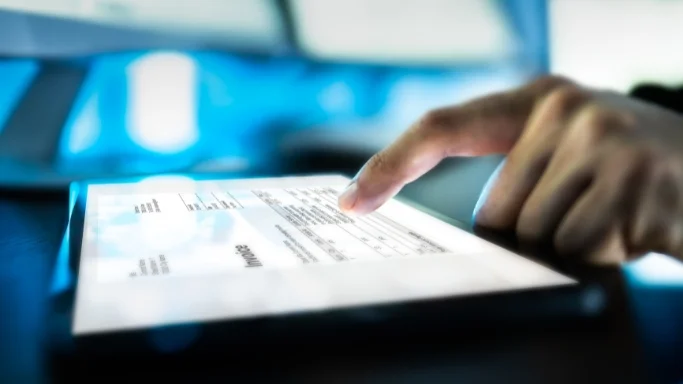
Timeline of the Development of Making Tax Digital (MTD)
We journey through the history and development of Making Tax Digital (MTD), a crucial part of the UK’s taxation system. Introduced by HMRC, MTD has transformed the traditional tax system, replacing paper-based processes with digital methods. This article provides a comprehensive timeline, including key milestones such as the introduction of MTD for Income Tax Self-Assessment (ITSA) and VAT.
Making Tax Digital (MTD): The Genesis
The UK government launched MTD to simplify tax management for businesses and individuals. The primary requirement of MTD is for businesses, landlords, and self-employed individuals to maintain digital records and submit updates to HMRC quarterly using MTD-compatible software.
The Emergence of MTD for VAT
The first phase of MTD for VAT commenced in April 2019. This phase targeted VAT-registered businesses with a taxable turnover above the VAT threshold £85,000. These businesses were required to maintain digital records and file VAT returns using MTD-compatible software.
MTD for VAT Expansion
In April 2022, MTD for VAT was expanded to cover all VAT-registered businesses, irrespective of their turnover. This expansion means that even businesses with a turnover below the VAT threshold must maintain digital records and submit their VAT returns digitally.
MTD for Income Tax Self-Assessment (MTD for ITSA)
The MTD for ITSA will launch in April 2026. The scheme will require self-employed businesses and landlords with annual business or property income above £50,000 to follow the Making Tax Digital (MTD) for Income Tax rules from their next accounting period starting on or after April 6, 2023.
MTD for Corporation Tax
Plans are in place to incorporate Corporation Tax into the MTD framework. The earliest date for mandated MTD for Corporation Tax is April 2026, and businesses can voluntarily use MTD for their Corporation Tax before this mandate.
Key Takeaways:
With MTD, HMRC aims to make tax administration more effective, efficient, and easier for taxpayers. The digitization of the tax system is a significant step towards achieving this goal. For more information, please visit HMRC’s official guide on Making Tax Digital.
- MTD is a crucial part of the UK’s tax system, making it easier for businesses to manage their taxes.
- MTD for VAT began in April 2019 for businesses with a taxable turnover above the VAT threshold.
- From April 2022, all VAT-registered businesses must follow MTD for VAT rules regardless of turnover.
- MTD for ITSA is set to launch in April 2026, affecting self-employed businesses and landlords with an annual income above £50,000.
- MTD for Corporation Tax is set to be mandated by 2026.


Request a call back
Let us know when you would like us to call you back by filling in this form:
Our 5 Star Reviews



Latest News

Making Tax Digital 2023: MPs Criticise Delays and Complexity
Explore the challenges and impacts of the UK’s Making Tax Digital initiative, including delays and the cost burden on taxpayers.

Making Tax Digital: Small Business Review
Making Tax Digital Small Business Review 2023: Understanding the Basics and Preparing for Change Introduction to Making Tax Digital (MTD) Since 1948, Jack Ross Chartered

Making Tax Digital: The Rising Costs and Challenges
Making Tax Digital: The Rising Costs and Challenges Introduction Making Tax Digital (MTD), the ambitious initiative by HM Revenue & Customs (HMRC) to digitise the
